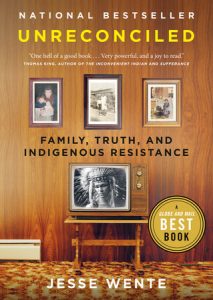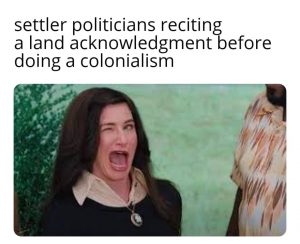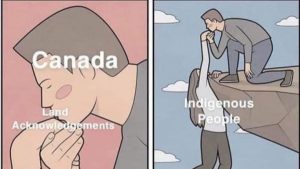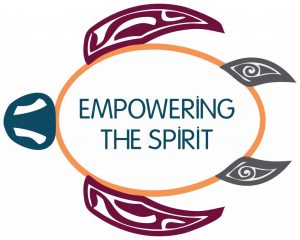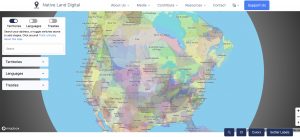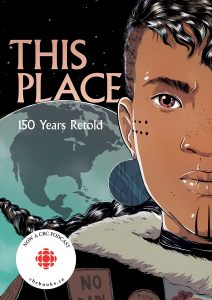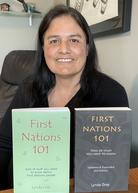
Lynda Gray is a well known Ts’msyen Nation author whose book I recently came across. I am fortunate to have an Indigenous education lead teacher at my school who has attended events our school district has held in order to work towards better understanding and ultimately better teaching practices when it comes to incorporating Indigenous worldviews and perspectives into the classroom. My colleague had this book that she received at one of the professional development days she attended and I asked to borrow it. I really liked how Lynda was able to tackle so many topics and give brief but thorough knowledge on so many matters that are current and relevant. This book can be read in one sitting or be used as a resource and guide when trying to gain a bit more insight into a certain area. The second edition of the book (the one I have read) just came out in June so the information is very relevant and updated.
To find out more about the book and about Lynda Gray,click here.
